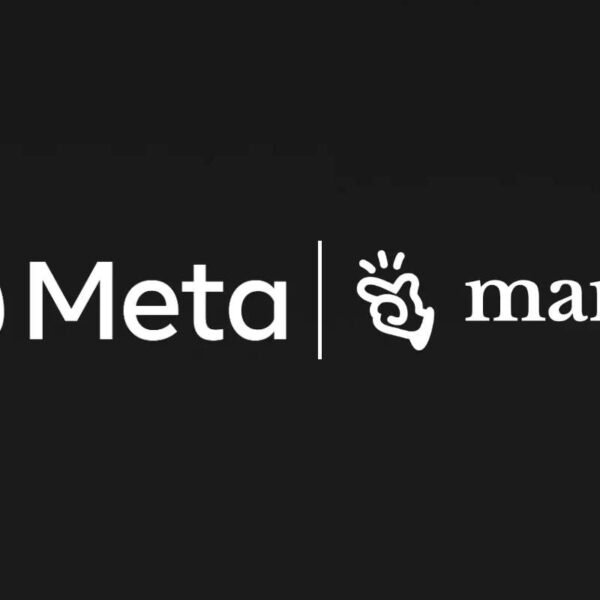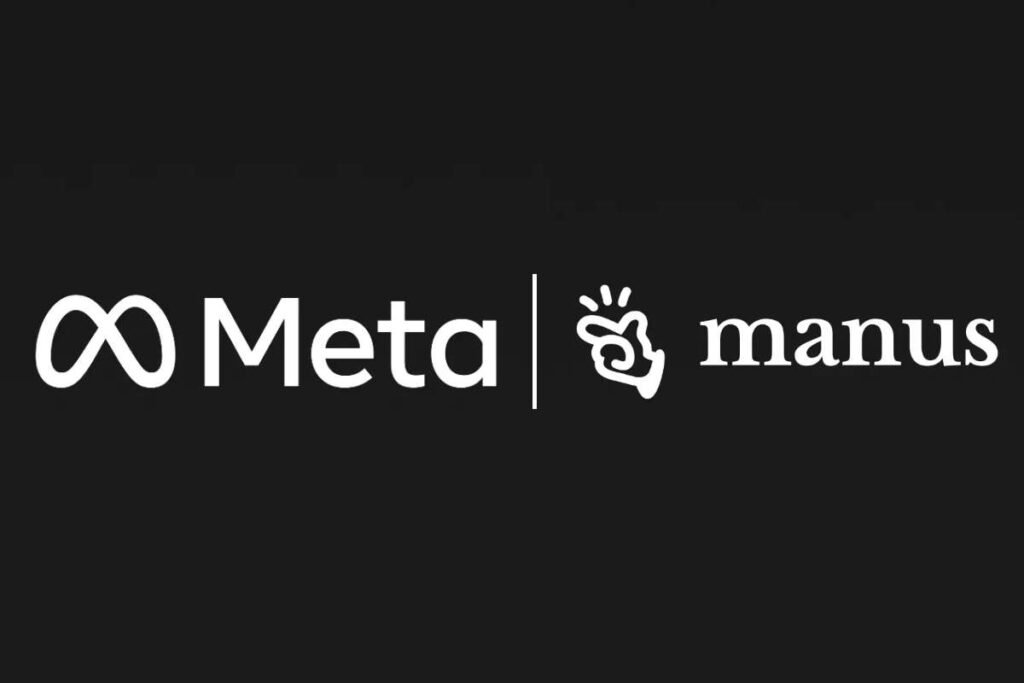Today’s work happens across different jobs, places, and industries. This means leaders need a way to bring together different skills without losing responsibility. Collaborative Leadership answers this by focusing on a shared goal, clear decision-making, and teamwork to get results. This guide doesn’t just explain what it means—it gives proven traits, easy-to-use plans, real examples, and ways to measure success that leaders can use right away.
What It is—and What It is Not?
People often think “collaboration” means endless agreement. But real collaborative leaders bring together the right people, make roles and decisions clear, and create the right environment for working together. The leader changes from making all decisions alone to designing how the team works together: setting shared goals, encouraging a safe space to speak up, and making sure information and credit are shared across the group. When done right, this makes decisions faster because problems come up early, choices are clear, and everyone knows when to give input and when the final decision will happen.
Evidence-informed Traits That Separate Effective Collaborators
High-performing collaborative leaders typically show a repeatable profile:
- Balanced motivations: They want impact, not just visibility.
- Contextual intelligence: Fluency across functions or sectors to translate incentives.
- Network leverage: Trusted relationships that they can mobilize quickly.
- Subject depth: An “intellectual thread” that keeps the discussion rigorous.
- Bias for inquiry: Active listening, principled risk-taking, and comfort sharing power.
Together, these traits produce faster alignment, fewer late-stage surprises, and more durable decisions because diverse perspectives are integrated early—before options harden and egos attach to a single path.
Where It Wins: Brief Case Snapshots
- Climate alliances: Cross-industry coalitions de-risk moonshot innovation by pooling capital, policy access, and engineering talent. Clear decision rights let competitors collaborate on pre-competitive standards while preserving differentiation.
- Tech platforms: Product ecosystems co-design integrations with partners, reducing time-to-value for customers while spreading R&D costs. Shared roadmaps and open decision logs keep partners aligned.
- Social impact networks: Youth-led movements combine lived experience with institutional expertise. Transparent roles keep momentum high and prevent mission drift when volunteers turn over.
Across these contexts, the pattern is consistent: precise problem framing, explicit roles, and a cadence that keeps sense-making and decisions moving in lockstep.
Also Read:
- Who is a Leader: The Complete Guide to Understanding Leadership
- Lead with Confidence: 40 Transformative Leadership Quotes to Fuel Your Journey to Success
- Visionary Leadership and Its Power to Shape the Future of Business
Tangible Advantages Executives Care About
- Innovation and speed: Diversity of perspective surfaces non-obvious options; shared context cuts rework.
- Talent engagement and retention: People stay where their voice shapes outcomes and credit is shared.
- Risk mitigation: Distributed sensing catches issues earlier; cross-checks raise decision quality.
- Scalability: Repeatable collaboration rituals become teachable operating-system components useful for M&A integration, cross-functional programs, or multi-country launches.
A Practical Playbook You Can Adopt Now

- Frame the problem with precision. Write a single-sentence mission and a one-page context brief with constraints, guardrails, and the decision required by a specific date. Ambiguity is the enemy of momentum.
- Map stakeholders and decision rights. Use RACI or RAPID to nail who decides, who contributes, and who is consulted. Publish the map and revisit it at stage gates.
- Design the collaboration cadence. Establish a weekly 45-minute decision forum, a shared backlog with owners and due dates, and a monthly retrospective to tune process—not just outputs.
- Create information symmetry. Default to open notes, shared dashboards, and working documents. Record assumptions, dissent, and the rationale behind major calls.
- Model the behaviors. Narrate trade-offs, invite conflicting evidence, and share credit in public. Reward people who surface risks early.
- Build the network. Cultivate cross-function relationships before you need them. Keep a bench of external advisors who can plug in with context on short notice.
- Close the loop. Convert decisions into explicit owner-by-when commitments and track progress on a visible scorecard.
What to Measure: A Lightweight Scorecard

Leaders often ask, “How will we know collaboration is working?” Blend outcome and health metrics:
- Decision latency: Median days from problem statement to decision.
- Rework ratio: Percent of work re-done due to late-stage surprises.
- Cross-functional participation: Attendance and contribution rates in decision forums.
- Time-to-impact: Weeks from decision to measurable value (e.g., revenue, NPS, cycle time).
- Psychological safety pulse: A quarterly two-question check on voice and respect.
- Credit dispersion: Diversity of names recognized in wins announcements.
- Partner throughput (if external): Integrations or joint deliverables completed per quarter.
Track the scorecard publicly. When a metric dips, run a blameless review: Was the problem framing unclear? Were decision rights muddy? Did information symmetry break?
How to Scale From Team to Enterprise
Start with an important project that matters to both your team and the CEO. Create clear ways of working—like templates, meeting plans, and progress trackers—and use them in your next three projects involving different teams. Give managers coaching guides that focus on asking questions instead of pushing ideas, clearly defining roles, and handling conflicts in a structured way. Include teamwork skills in performance reviews—not just more meetings, but better results from diverse teams. Write short notes showing how these habits lead to real success, and share them at quarterly business meetings to make these ways normal.
Common Pitfalls—and How to Avoid Them
- Vague ownership: If everyone is responsible, no one is. Solve with a decision-rights map and visible owner-by-when tasks.
- Meeting sprawl: Collaboration dies in recurring meetings with no decisions. Keep sessions short, document the decision at the top, and cancel when there’s no call to make.
- Polite avoidance of conflict: Disagreement is data. Normalize dissent with red-team sessions and pre-mortems.
- Tool overload: Pick a minimal stack—shared docs, a task board, and an analytics dashboard—and train the rituals, not the icons.
- Over-indexing on harmony: Aim for respectful candor. Reward the teammate who changes the plan with new evidence.
Templates You Can Steal

- One-page decision brief: Context, options, risks, preferred choice, owner, and a disagree-and-commit record.
- Operating rhythm: Weekly decisions, biweekly backlog grooming, monthly retrospectives, quarterly strategy syncs.
- Recognition protocol: Celebrate wins in public with specific, observable contributions from across functions.
- Onboarding kit: Glossary, stakeholder map, and decision paths so new joiners become productive in week one.
Leader Behaviors That Compound Over Time
Great collaborators pay attention to energy just like they do to time. They switch between coming up with ideas (divergent thinking) and making decisions (convergent thinking), and let others know when they change. They repeat what others say to make sure they understand, ask questions like “What would change your mind?”, and come up with several options before deciding. They clearly explain the trade-offs and reasons behind choices and write them down so future teams can learn. Most importantly, they see collaboration as a skill that can be learned and practiced to get good results even when things change.
Also Read:
- Leader Improvement Areas: Key Focuses for Effective Leadership Development
- Leadership Development in 2025: Why the Future Belongs to Great Leaders
- The Importance of Strategic Leadership
A 30-day Starter Plan
- Week 1: Define the mission in one sentence; draft the stakeholder and decision-rights map; schedule the weekly decision forum.
- Week 2: Publish the context brief and backlog; launch the operating rhythm; run a psychological safety pulse (two questions).
- Week 3: Run a pre-mortem on the riskiest assumption; invite an external voice to challenge your plan; log dissent and decisions.
- Week 4: Ship a small but meaningful win; publish the scorecard; celebrate cross-functional contributions; capture lessons learned and update templates.
Putting It Together
Collaborative Leadership works well because it combines quick action with everyone’s input. It gives teams a clear goal, shares understanding, and keeps responsibilities clear so decisions happen smoothly. When leaders set clear decision rules and share information openly, more people speak up who might have stayed quiet before. This leads to better ideas faster and builds a team culture that grows smarter as it gets bigger.
The Payoff
If you follow the steps above, you’ll make clearer decisions, avoid last-minute problems, and get your team more involved. Most importantly, you’ll create a strong collaboration system that lasts through leadership changes and team turnover. This is the powerful secret of Collaborative Leadership—and any organization willing to put in the effort can use it. Since markets and technology keep changing, these habits help teams adapt without getting tired. With clear decision-making, visible results, and a culture that values honesty, you build a way of working where people do their best work. Simply put, Collaborative Leadership turns teamwork from just a nice idea into a real advantage that you can measure, grow, and keep going.










